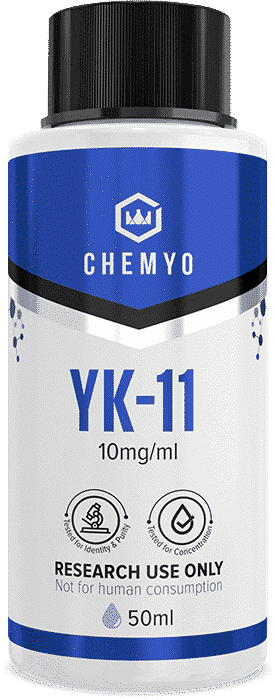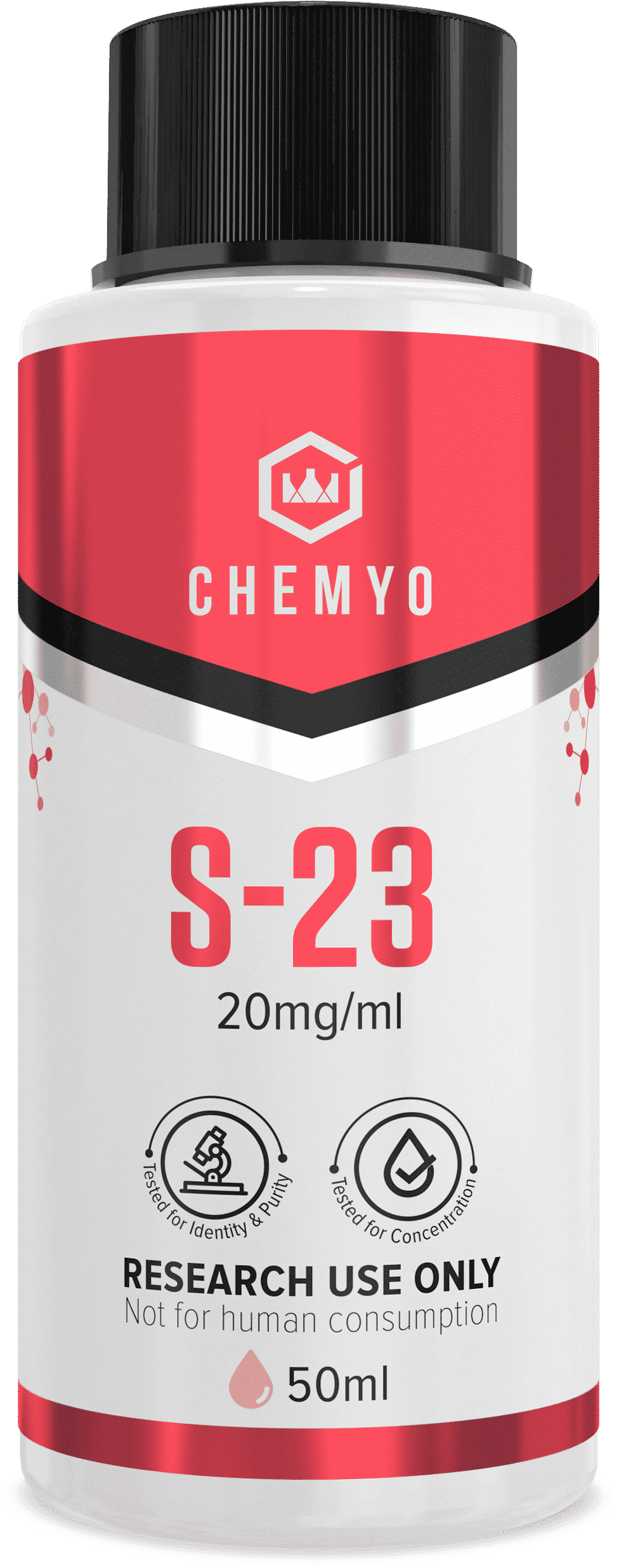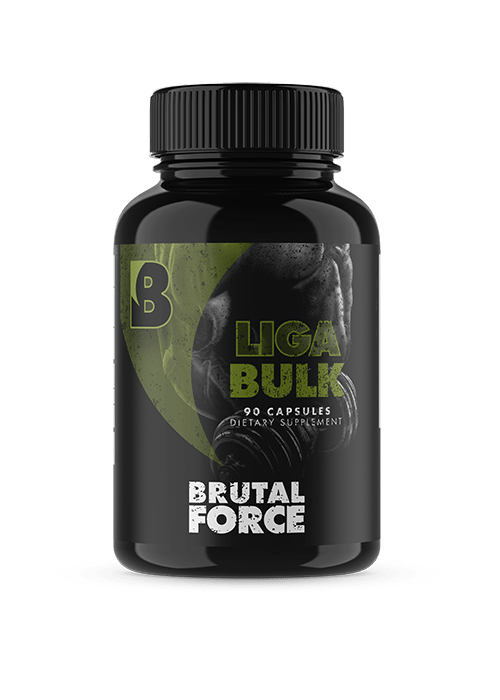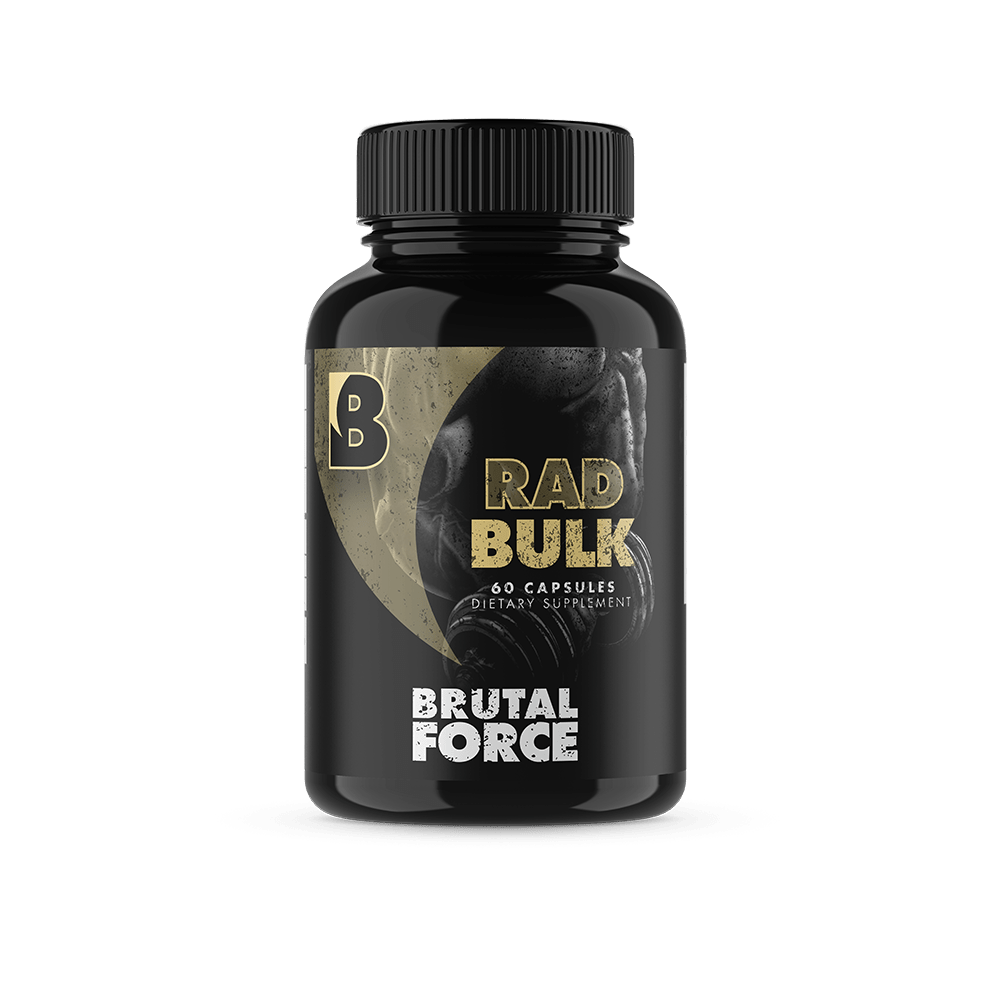Table of Contents
A short introduction to SARMs and PCT
It is quite unfortunate that despite having access to extensive literature regarding the significance of post cycle therapy (PCT), newbies continue making the same mistake.
A while back an article ran about a 19-year old boy who had finished his first cycle of anabolic steroids with Trenbolone, Test-E, and Masteron. Everything about that picture was terrible. The fact that he was a 19-year-old, was on steroids, had used three compounds for the first cycle of his life and had used an oral steroid. Everything about the story was catastrophic.
The worst part of the entire story was that he was clueless about post cycle therapy.
Not to anyone’s surprise, he terminated the cycle prematurely with gynecomastia, severe bloat, and hair fall.
When you come across such a thread, don’t you just want to pull your hair out?
However, for those who know about PCT, and are using SARMs, which are known to mimic the effects of anabolic steroids, should they be concerned? Better yet, what should you be concerned about?
This guide will provide comprehensive insight into everything related to SARMs and PCT to ensure that you know what it is you should expect.
How SARMs Work
The best way to grasp the concept of SARMs and PCT is to understand how they work. To do so, a lot of comparisons will be made with anabolic steroids, which we know for sure require post cycle therapy.
SARMs are touted to provide an alternative for anabolic steroids, although with minimal side effects. When it comes to steroids, some of the side effects include gynecomastia (man boobs), permanent liver damage, testicular atrophy, and baldness, among others.
However, are SARMs as effective and harmless as they are flaunted to be? How much can you trust that a compound that produces similar benefits to another does not cause similar side effects?
Anyway, here’s the science.
SARMs, represents selective androgen receptor modulators, in full. While the theory that SARMs produce identical results to anabolic steroids without the side effects may sound farfetched, it is somewhat true.
SARMs are non-steroidal compounds, which demonstrate an affinity for androgen receptors in the bone and muscle tissue only. Anabolic steroids, on the other hand, target androgen receptors in the entire body.
Secondly, SARMs do not break down into unwanted hormones such as estrogen and DHT that cause undesirable effects.
Thirdly, SARMs are less potent than steroids. Hence, their effects on both sides of the spectrum are minimal.
Considering that explanation, you would see why SARMs would not have the same side effects as anabolic steroids.
However, is this to mean that SARMs are safe and absolutely risk-free?
No, first, SARMs are significantly lacking in human research, and a lot regarding their effects on the human form are not well-known.
However, it is known that SARMs may suppress natural testosterone production. In fact, some SARMs are being investigated for application as male contraceptives. This is because they lower the levels of both follicle-stimulating hormone and luteinizing hormone, which reduces sperm count, and natural testosterone levels as well.
Up to this point, the answer to a widely asked question is somehow answered.
SARMs PCT
Do SARMs require PCT? The answer is yes and no, because whether or not PCT is necessary when it comes to SARMs, depends on various aspects. This may include which compound will be used and for how long.
For instance, 20 milligrams of RAD 140 cycled for 12 weeks will be more suppressive than 20 milligrams of Ostarine cycled for eight months. When both substances are considered per milligram, RAD 140 is much stronger than Ostarine.
What’s more, the levels of hormone suppression may not be the same for everyone.
SR-90009 (Stenabolic), MK-677 (Ibutamoren), and GW-501516 do not require a PCT because they do not affect the natural production of hormones. However, you will also realize that these three are not ideally selective androgen receptor modulators.
Ostarine PCT
Nine out of ten times, Ostarine doesn’t require post cycle therapy. And why is this, you may wonder? Ostarine is the mildest SARM out there. As a result, even though it were to suppress one’s natural hormone production, it would be on a very minimal scale.
Generally, most users do not require PCT after cycling Ostarine (30 mg per day for 12 weeks). Regardless, to err on the side of safety, a natural testosterone booster such as Ashwagandha can help to maintain gains, increase energy, and also boost libido.
LGD-4033 PCT
When it comes to then stronger SARMs, it becomes a different story. By stronger SARMs, the following compounds are being discussed:
These SARMs are more suppressive, mainly when used at a high dose for a more extended period. In these cases, a PCT such as Nolvadex or Clomid becomes highly necessary.
However, you may notice that some people may not require PCT after taking minimal doses of LGD-4033. However, a testosterone booster will go a long way towards your recovery.
What is PCT
Post cycle therapy is a method used by users of anabolic steroids, and perhaps some SARMs users to hasten their bodies’ hormonal recovery after a cycle.
As mentioned earlier, when one is on a SARMs cycle, particularly a strong one, your LH (Luteinizing Hormone) and FSH (Follicle Stimulating Hormone) are suppressed, causing the levels of testosterone to fall. This creates a condition called the hormonal crash. Consequently, one’s cortisol levels will rise, and so will the levels of SHBG (Sex Hormone Binding Globulin. Estrogen will increase as well. If these two are unrestricted, they will devour your freshly earned muscle, leaving you with nothing to show for the cycle.
Therefore, you must restore the levels of FSH, LH, and testosterone to their normal levels as soon as possible to prevent your muscle from being broken down. What’s more without testosterone, you may lack the energy to perform your daily activities.
SARM PCT Dosage
Professionals advise that for mild compounds like Ostarine or Andarine, a four-week PCT cycle of 75 mg of Arimistane per day will do the trick.
When it comes to the stronger SARMs, given that they are more suppressive, the following PCT dosages are recommended.
- Week 1: 40mg per day of Nolvadex, 50 mg per day of Clomid
- Week 2: 40mg per day of Nolvadex, 50 mg per day of Clomid
- Week 3: 20mg per day of Nolvadex, 25 mg per day of Clomid
- Week 4: 20mg per day of Nolvadex, 25 mg per day of Clomid
The dosage suggested above is a very standard one, and you should note that if you started stacking, the dosage could vary. What’s more, the dosage can be dependent on your body type, size, and most importantly, the dosages of the SARMs you are stacking with.
Is PCT Legal?
PCTs such as SERMs (Selective Estrogen Receptive Modulators) and AIs (Aromatase Inhibitors) are generally lawfully authorized to purchase. However, they are mostly prescribed by a medical practitioner.
It probably is not advisable to buy PCTs on the black market, and should always consult your physician.
What are the Different types of PCTs?
HMG (Human Menopausal Gonadotropins) is a hormonal medicine used to treat infertility. It can be used in severe cases to restore one’s hormonal levels. Thus, it can be used in PCT to restore natural testosterone production.
HCG (Human Chorionic Gonadotropin) is a type of medication that helps females with the development and stimulation of the female ovaries. This one is used after heavy steroid cycles to restore natural testosterone levels.
However, HMG and HCG are used in severe cases of testosterone suppression, and may not be required for SARMs PCT.
SARMs PCT and Bloodwork
You may wonder whether bloodwork is necessary. A rule of thumb is that if you can have your bloodwork performed before your cycle, you should highly consider doing so. By observing your hormone panel, you will see just how much impact the SARMs has had on your testosterone levels.
Some people may choose to undergo PCT for SARMs depending on how they feel. However, by having your bloodwork done, it will actually confirm whether you need post cycle therapy or not. If your hormone levels are on the lower side of the spectrum, and you feel horrible, a proper PCT will help get you back to your usual self.
Conclusion
When it comes to SARMs and PCT, there is no definite answer on whether or not to undergo post cycle therapy.
SARMs contribute to anabolic effects by selectively targeting androgen receptors in the bones and muscle, unlike steroids which target the whole body. SARMs also do not break down into unwanted molecules and are less effective than anabolic compounds. However, SARMs may suppress the production of LH and FSH, and eventually testosterone, which calls for PCT.
Chances are, if PCT and your bloodwork are not done after cycling with SARMs, you may experience internal and external issues. Such issues may affect the quality of your life, or even shorten it. Eventually, it is always better to be safe than sorry.





